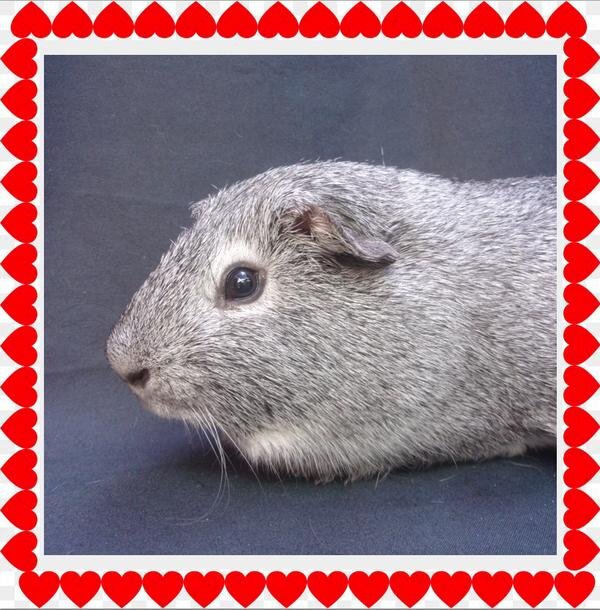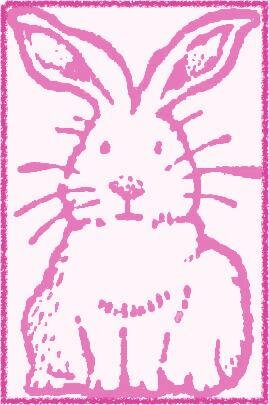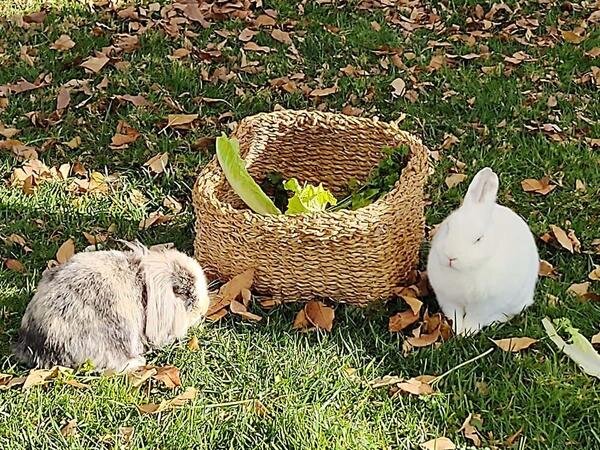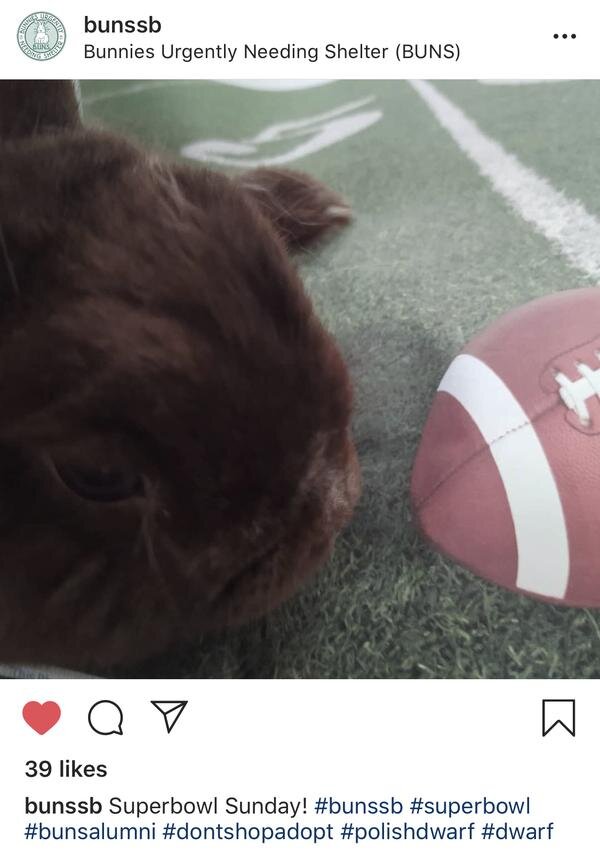|
|
In this issue...
- Guinea Pig of the Month
- Basic Bunny and Guinea Pig Class
- February Hoppy Hour
- Learn to Spot Stasis
- No-Sew Fleece for Guinea Pig Feet
- Bunnies Enjoying the Super Bowl
|
|
|
Guinea Pig of the Month
Bob is the new pig in town, having only recently arrived at BUNS, but he’s already breaking hearts! This piggy boy is handsome and sweet! As if that weren’t enough, he also has a beautifully colored coat and is a nice size. He appreciates being made to feel safe, as he is a little timid, which only adds to his wonderful character. Even though he appreciates the wonderful care he is receiving at BUNS, Bob is hoping to find his forever home soon!
Want to know who the Bunny of the Month is? You'll have to visit our website!

Read More
|
|
|
|

|
|
Basic Bunny and Guinea Pig Class
Our next class is Sunday February 9. Join us on our Facebook event page to learn more!
| 1:00 to 2:00 |
- Handling and Husbandry |
| 2:00 to 2:30 |
- Training |
Bring your Rabbit or Guinea Pig. Learn easy handling and care-taking during the first hour, then for the last half hour play training games that are fun for you and your pet!
$5.00 for an individual
$10.00 for a family
Free to BUNS volunteers
All classes are in the Humane Society Education Building, at 5399 Overpass Rd, Goleta, (to the east of the Animal Shelter)
Read More
|
|
|
|
Hoppy Hour & Pignic
Our next Hoppy Hour and Pgnic is Sunday February 23 from 1:00 PM to 3:00 PM. Starting in 2020 we're starting half an hour earlier than before, so remember to come early!
Bring your fuzzy friend and give them an opportunity to socialize with other rabbits and Guinea Pigs! Socialization is a very important part of overall rabbit and guinea pig welfare, and a Hoppy Hour and Pignic is the perfect opportunity to let your bunny and guinea pigs play with others.
Hoppy Hour and Pignic will take place on the Humane Society Lawn, at 5399 Overpass Rd, Santa Barbara, CA 93111. Admission is $10 per rabbit and guinea pig. All animals must be healthy and rabbits must have been spayed or neutered at least 30 days in advance.
We'll be providing light refreshments for both you and your bunny, so please join us for an afternoon of fun!

Read More
|
|
|
Learn to Spot Stasis
If you care for a rabbit, chances are good that you've heard the term "stasis." The simplest definition is really just a description of one of the symptoms: your rabbit stops eating, often quite suddenly. Though you and I can go for a while without food if we lose our appetite, stasis for a rabbit is life threatening. If your rabbit has gone through a bout of stasis, you know how stressful it is... for both you and your rabbit. One way to keep your stress in check and to equip yourself to better recognize stasis early is to learn about what's happening, medically, when a rabbit exhibits stasis.
If you want to get technical, this article does a good job of explaining the details:
https://www.mspca.org/angell_services/differentiating-gastrointestinal-stasis-from-gastrointestinal-obstruction-in-domestic-rabbits-oryctolagus-cuniculus/
Remember: Please seek help if your rabbit refuses food when it would normally be enthusiastic. Stasis is a silent killer that can often be prevented or reversed if treated.
Read More
|
|
|
No-Sew Fleece for Guinea Pig Feet
by Allison Malone
Ed note: We've had a lot of guinea pig adoptions lately, so we wanted include something for all you guinea pig lovers out there!
Unlike rabbits, guinea pigs have very small hairless feet, and housing them on wire bottom cages can result in injuries like bumblefoot and broken ankles. Therefore, bedding in hard bottom cages are an essential part of guinea-husbandry. There are many versions of guinea pig bedding, from shavings to recycled newspaper, but I have found fleece to be the best solution.
Fleece avoids many of the shortcomings of other bedding alternatives. For example, shavings can cause eye injuries, and both newspaper and wood shavings can get caught up in male reproductive organs causing irritation and in severe cases, infection. Fleece, however, provides a smooth soft surface that is easy on the feet. It’s also easy to clean- just sweep up the droppings and extra hay throughout the week, and when it’s time for a full cage change, just shake it out and throw it directly into the wash machine. Not only is this method quick, easy, and comfortable for piggies, it’s also environmentally friendly.
Read all about how to make fleeces for your guinea pigs on our website, bunssb.org!

Read More
|
|
|
|
Enjoying the Super Bowl
Did you miss our Instagram Super Bowl posts? Follow us on Instagram so you don't miss out!

|
|
|